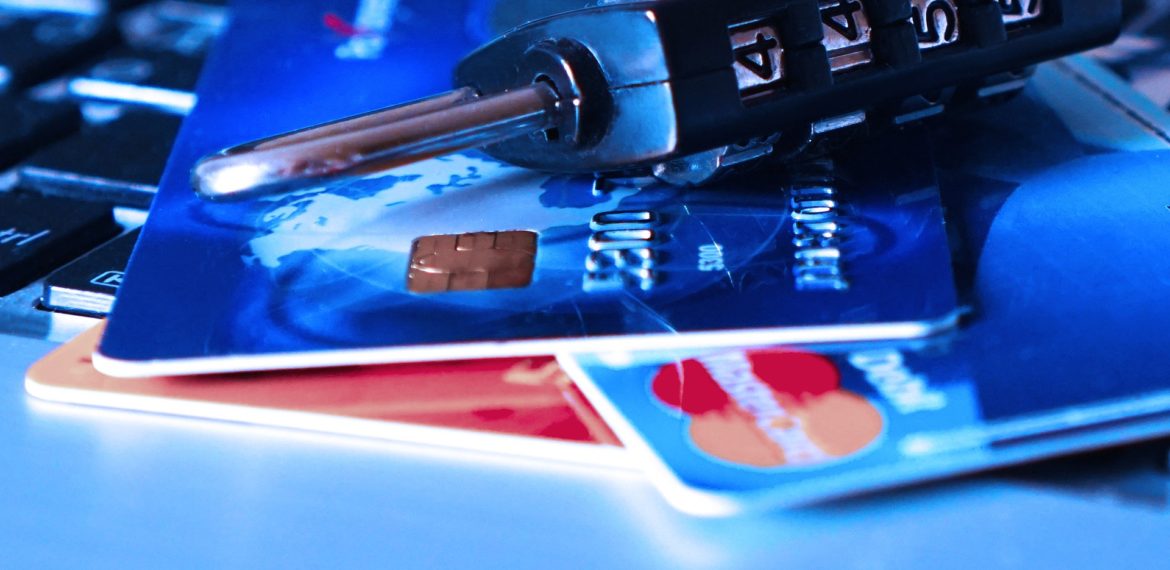By Patrick Stark, CFP®
We hear about hacking and cyber security breaches almost every day. What’s the best way to prevent someone from making unauthorized charges on your accounts or opening up new accounts in your name? While there’s no 100% foolproof way to prevent identity theft, there are several things you can do to make it less likely to happen:
Get copies of your credit reports and make sure each account is valid.
Go to the website https://www.annualcreditreport.com to get free copies of your credit reports. You actually have three credit reports – one from each of the three credit reporting bureaus: Equifax, Experian, and TransUnion. You can get a free copy of your credit report once per year from each of these three companies.
Read through each report and verify that each account listed is valid. If you find something that looks suspicious, follow the online instructions to report it.
Freeze your credit.
Establishing a “credit freeze” means your credit files are locked down and no one can open up a new line of credit in your name. Nobody. Not even you! If you want to apply for credit in the future, you simply place a temporary lift on the credit freeze.
How do you freeze your credit? Go to the following websites for each of the three credit bureaus and follow their instructions (note – you’ll need to do it for all three bureaus):
Equifax – https://www.freeze.equifax.com/Freeze/jsp/SFF_PersonalIDInfo.jsp
Experian – https://www.experian.com/freeze/center.html
TransUnion – https://freeze.transunion.com/sf/securityFreeze/landingPage.jsp
In California, it costs $10 per credit bureau to freeze your credit, or temporarily remove the freeze. This fee is waived if you’re a victim of identity theft. Freezing your credit doesn’t have any effect on your existing lines of credit, so you can continue to use credit cards. And freezing your credit doesn’t have an impact on your credit score.
A credit freeze is different than the credit monitoring services that are heavily advertised in the media. These monitoring services notify consumers when new information shows up on a credit report, and sometimes include a feature that requires an additional verification check during credit applications. These features, while potentially helpful, are less effective than a credit freeze.
Monitor your existing accounts for suspicious activity.
Review all transactions on your credit card statements and bank accounts to make sure you recognize each transaction. While this action isn’t truly preventative, some fraudsters will attempt to make small unauthorized transactions in an account to see if anyone notices. Then they’ll make the large transaction. So it’s best to identify unusual activity as quickly as possible.
What should you do if your identity has already been stolen? If your personal information was exposed in a data breach or if someone filed a tax return in your name?
Go to this website: https://identitytheft.gov
This site was established by the Federal Trade Commission (FTC) and is integrated with their consumer complaint system. It allows consumers who are victims of identity theft to file a complaint with the FTC and then get a personalized guide to recovery. It walks consumers through a step-by-step checklist tailored to the specific type of identity theft they are facing. The website can generate documents that will be necessary to alert the credit bureaus, police, debt collectors, and the IRS. It’s a one-stop-shop that makes a challenging situation much more manageable.
Security breaches will continue to occur, and there is unfortunately no way to completely insulate yourself from them. However, with a few simple steps you can reduce your chances of becoming a victim. And if you do find yourself in the midst of identity theft, recognize there are numerous resources at your disposal to help guide you through the mess.

